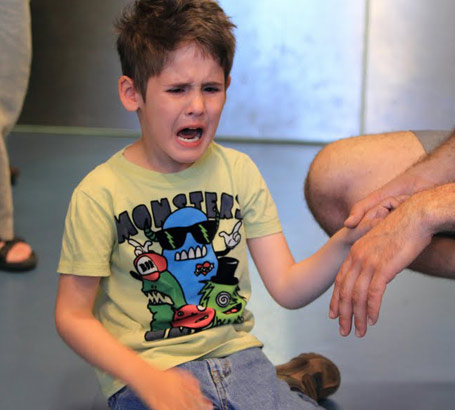
Here we reinforce the importance of understanding the underlying communication needs that lie behind some behaviours. We highlight how it is essential to find out the reasons why pupils behave in the way they do in order to encourage them to behave in more appropriate ways that gain legitimate results.
We introduce the STAR Approach as a means of determining why pupils behave in challenging ways and what the most appropriate teaching targets and strategies might be.
of behaviour
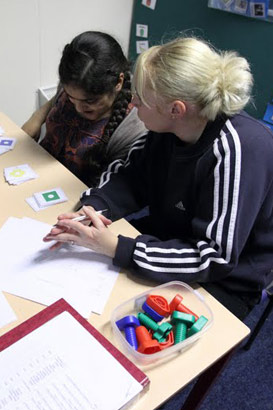
Pupils can behave in challenging ways for reasons which are important to them, even if they are difficult for us to understand. It is essential that we find out what those reasons are if we intend to encourage a pupil to behave in more appropriate ways. We need to work in consultation with parents to identify the root causes for the behaviour and design and implement a package of intervention procedures that will meet the pupil's needs. This intervention must have very clear targets and carefully planned strategies.
The 'STAR Approach' to the management of challenging behaviours is a sophisticated approach akin to an ABC analysis, but it is so much more. It is described in the book Problem Behaviour and People with Severe Learning Disabilities: The STAR Approach by two psychologists, Ewa Zarkowska and John Clements.
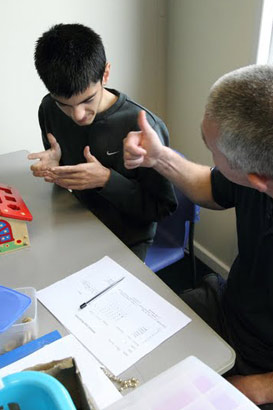
The STAR Approach involves several interrelated strategies:
A. 'Unlearn' inappropriate behaviour, that is:
- Prevent the challenging behaviour from achieving positive results for the pupil;
- Communicate to the pupil that the behaviour is unacceptable.
B. Teach acceptable alternative behaviour which achieves the same results for the pupil as the challenging behaviour, that is:
- Find ways of encouraging any existing appropriate behaviours which he or she does not use much;
- Teach new skills.
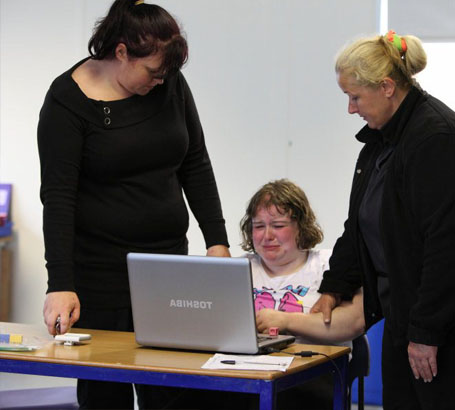
C. Find ways of helping a pupil with a personal problem (eg ear ache, illness, side-effects of medication, emotional upset).
D. Change any aspects of the environment and routines which may be contributing to the occurrence of challenging behaviour (eg room is too crowded, too much noise, too many distractions).

The STAR approach requires analysis and intervention at the following levels:
S Settings
T Triggers
A Actions
R Results

Interviews or structured discussions may be used as one way of gathering information, although care has to be taken to separate facts from opinions. It may be helpful to identify probable settings, triggers and results by parents and others who know the pupil by pooling their knowledge. Questions might include the following:
- How would you describe the challenging behaviour?
- How often does it occur? How severe is it? How long does it last?
- How did the present problems arise? Has this just started? Could the pupil be unwell or in pain?
- Does the challenging behaviour occur at particular times or mainly in particular situations?
- Are there any events which may be triggers?
- Does the challenging behaviour obtain any results for the pupil? Does it enable him to escape demands? Does it enable him to get things or activities he wants?
- What positive handling strategies have been tried? How consistently were they tried and by whom? How successful were they?
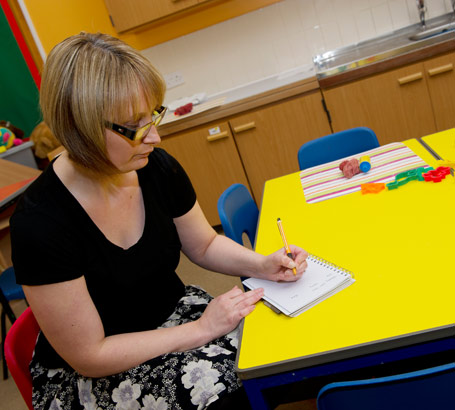
A complementary approach would be to set aside some time to observe the pupil and record what you see. Each time a challenging behaviour occurs you should note the situation at the time and the context (Setting), what occurred just before the behaviour (Trigger) and what happened just after (Results) as well as the behaviour itself (Action).
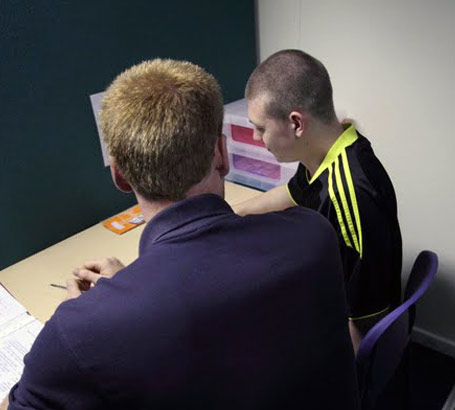
The child's behaviour could be caused by the physical climate, the occupational or learning climate or the social climate.
The following document lists some questions you might like to ask in each of these categories.
interpreting information
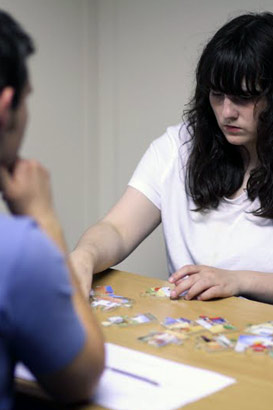
Information must be gathered about the level of development of the pupil's language and communication, social, cognitive and independence skills.
It is important to note whether the pupil can behave in particular ways independently or whether prompts or cues are necessary. The presence of skills which may be taught as desirable alternatives to challenging behaviour should be especially noted. There must be identification of potential rewards for desirable behaviour.
Read this document on what you should do with this information.

Set aside time to observe the occurrence of a challenging behaviour from one child which is of current concern to you in your school. Keep a log over one week.
It is important to have a practical and realistic strategy for making observations in a busy classroom and that you make a special note of the conditions under which the challenging behaviour is seen more rarely. Are there any relevant environmental and personal setting conditions? Are there any methods for presenting triggers which will not lead to the challenging behaviour?
Work with colleagues through the list of questions about external and internal influences. Try to identify why these behaviours may be occurring and what you might be able to do to change the context for the child so that the setting conditions are improved and the triggers for the behaviour are minimised or avoided.

Read the following document to find out more about the STAR Approach and reinforce what you have learned: